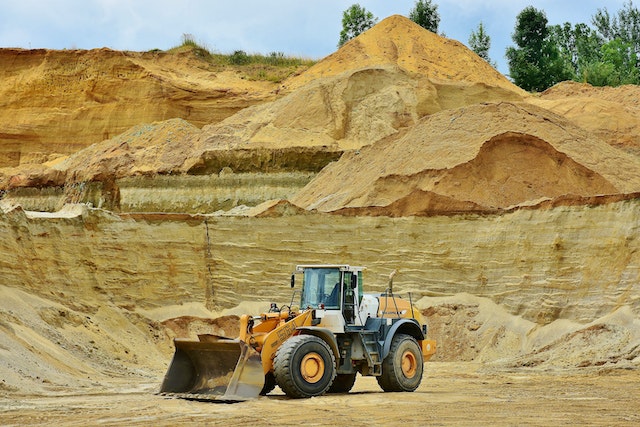The mining industry has come a long way since the days of pickaxes and shovels. Technological advancements have played a pivotal role in revolutionizing the extraction process, making it more efficient, safe, and sustainable. In this blog post, we will explore some cutting-edge technologies that are reshaping the mining landscape and paving the way for a more productive and responsible industry.
- Autonomous Mining Vehicles: One of the most significant advancements in mining technology is using autonomous vehicles. These self-driving trucks and drilling machines have eliminated the need for human operators in hazardous environments. Equipped with advanced sensors and artificial intelligence, these vehicles can navigate through complex terrains, optimize routes, and carry out precise operations with minimal human intervention. Not only does this enhance safety by reducing the risk of accidents, but it also improves efficiency by eliminating downtime and maximizing productivity.
- Drones and Aerial Surveys: Drones have become indispensable tools in the mining industry, providing a bird’s-eye view of mining sites and gathering crucial data. Aerial surveys conducted by drones can accurately map large areas, assess terrain conditions, and monitor environmental impacts. High-resolution images and 3D models generated by drones help identify potential mineral deposits, plan extraction strategies, and watch mining operations’ progress. The real-time data provided by drones enable faster decision-making, improves resource allocation, and reduces costs.
- Remote Sensing and Satellite Imagery: Satellite imagery and remote sensing technologies have transformed how mining companies explore and evaluate potential mining sites. With multispectral and hyperspectral sensors, these technologies can detect subtle variations in the Earth’s surface, identifying mineral-rich areas that are invisible to the naked eye. By analyzing the reflected light from the Earth’s surface, remote sensing techniques can differentiate between various minerals and map their distribution. This enables mining companies to make informed decisions regarding the viability and profitability of mining projects, minimizing exploration costs and environmental impact.
- Real-time Monitoring and Control Systems: Mining operations generate enormous data, from equipment performance to environmental conditions. Real-time monitoring and control systems allow mining companies to collect, analyze, and act upon this data to optimize operations and ensure worker safety. IoT (Internet of Things) devices and sensors installed on mining equipment provide real-time information on factors such as temperature, pressure, vibration, and energy consumption. This data can be analyzed to detect anomalies, predict equipment failures, and schedule maintenance proactively. Additionally, monitoring systems help track worker location and health, ensuring their safety in hazardous environments.
- Advanced Ore Sorting Technologies: Ore sorting technologies have significantly advanced, enabling more efficient extraction processes. Traditional methods of separating valuable minerals from waste involve time-consuming and resource-intensive processes. However, modern ore sorting technologies use sensors and algorithms to identify and separate valuable minerals based on their physical and chemical properties. By effectively separating high-grade ore from low-grade or waste material, mining companies can improve the overall efficiency of their operations, reduce energy consumption, and minimize environmental impacts.
- Sustainable Mining Practices: Recently, there has been a growing focus on sustainable mining practices. Technologies are being developed to reduce the environmental footprint of mining operations and minimize the impact on local ecosystems. For example, advancements in water management systems help optimize water usage, reduce consumption, and prevent contamination of water sources. Furthermore, innovations in waste management and tailings disposal ensure responsible handling and minimize the risk of pollution. By integrating sustainability into their operations, mining companies are meeting regulatory requirements and improving their social and environmental performance.
In conclusion, mining innovations have transformed the extraction process, making it safer, more efficient, and environmentally sustainable. Autonomous vehicles, drones, remote sensing, real-time monitoring systems, advanced ore sorting technologies, and sustainable practices are just a few examples of how technology is revolutionizing the mining industry. These advancements are not only increasing productivity and profitability but also minimizing the industry’s impact on the environment and improving the well-being of workers. As technology continues to evolve, we can expect even more groundbreaking innovations that will shape the future of mining.
